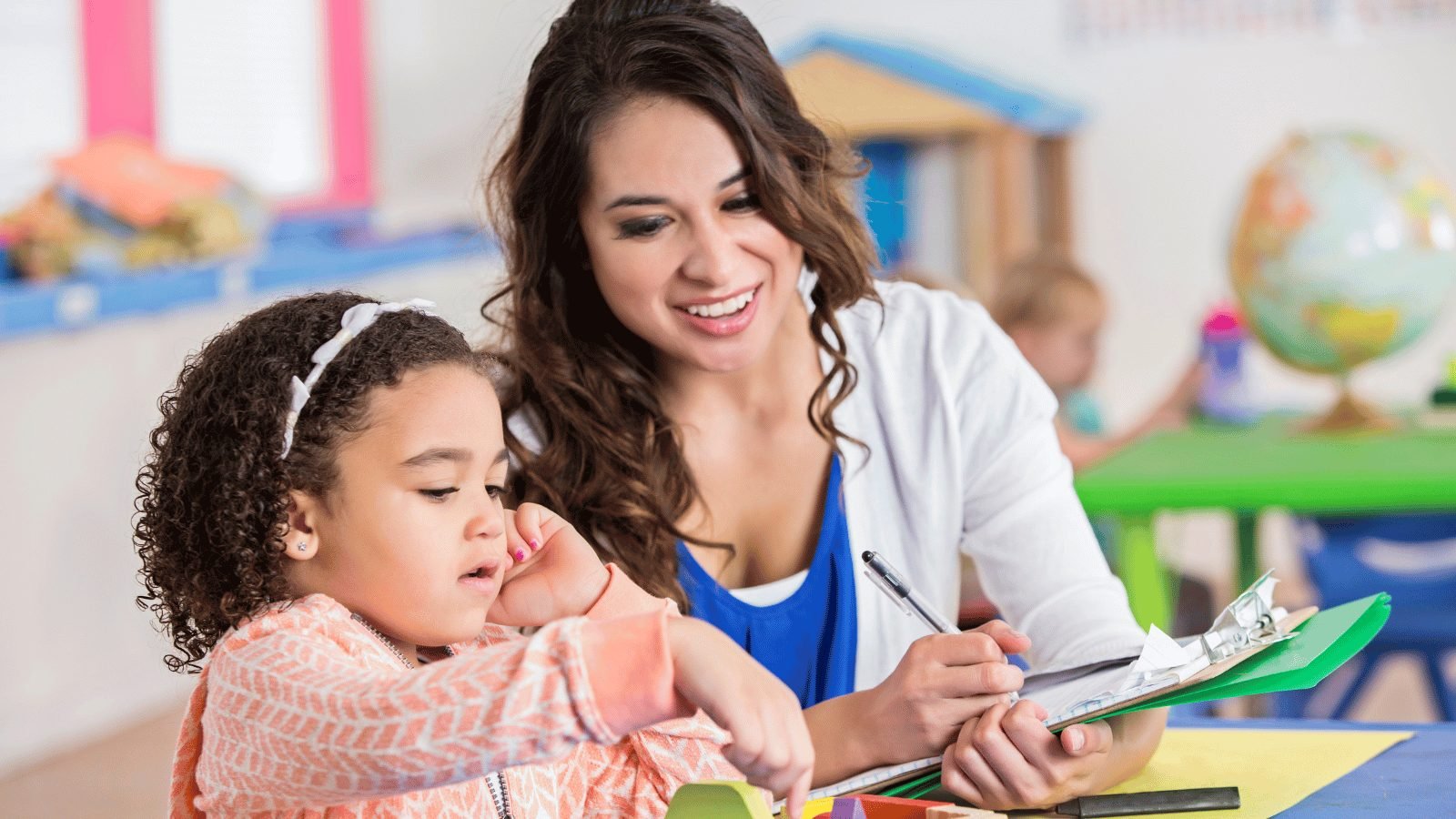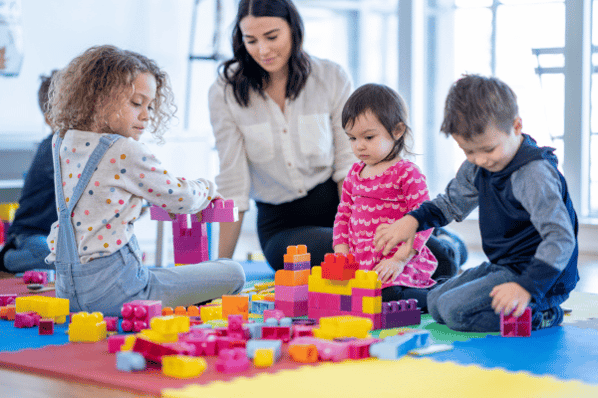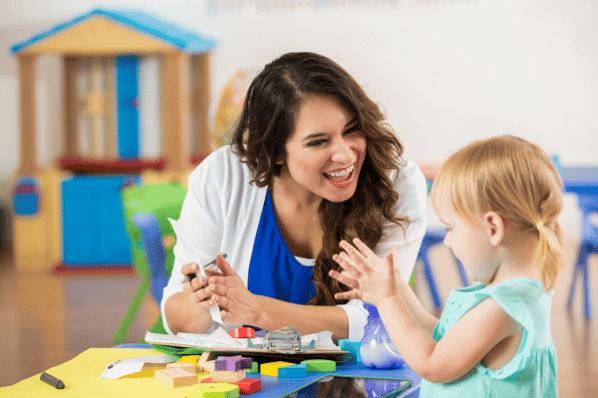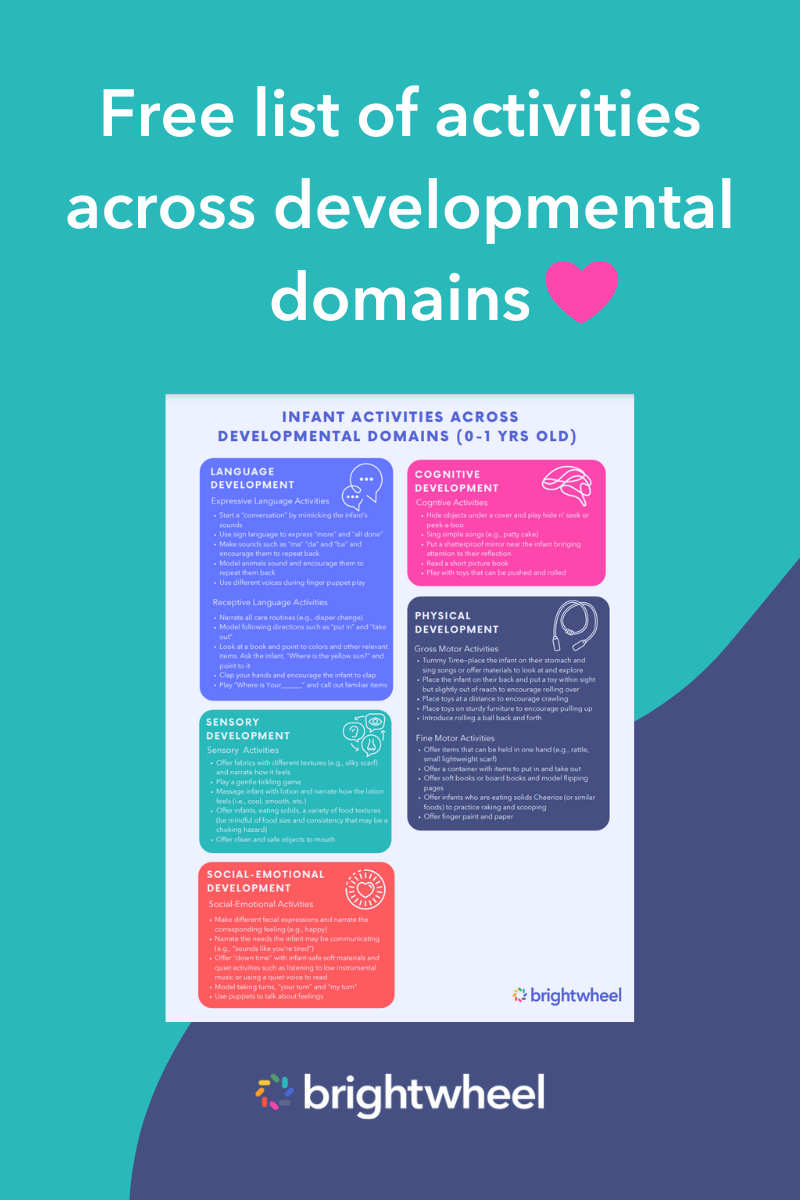
An essential practice in early childhood education involves observing children. Childhood observation is a deliberate and purposeful process that focuses on a child's actions, behaviors, interactions, and reactions to gain valuable insights into their development.
Beyond mere observation, childhood observation includes evaluating children's advancement towards developmental milestones. Utilizing various forms of childhood observation, preschool teachers can gain deeper understanding of each child's individual needs. This knowledge enables teachers to design tailored activities and routines that support the children's growth effectively.
In this article, we will discuss different childhood observation methods and how to apply them in the classroom.
Why is childhood observation important?
Besides determining whether a child’s developmental stage meets expectations for their age, childhood observation can also guide teachers and parents in other ways.
A few other potential actions and outcomes for childhood observation include:- Better understanding of the child’s communication style
- Identify signs of behavioral challenges or special needs
- Document the child’s language development
- Record how the child is using new skills
- Analyze and correct negative behavior patterns
- Acknowledge and reinforce positive behavior patterns
- Evaluate interactions with other children
- Adjust teaching practices based on observations
- Determine whether the child is ready for next steps and further learning
Childhood observation is a straightforward tool for early childhood teachers and other childcare providers to help set and accomplish goals. When you decide the type and purpose of the observation, it becomes clearer which childhood observation method is best.
Capture and share milestones from your preschool classroom with brightwheel's daily report feature. Enable teachers to easily record photos, videos, and activities all from the brightwheel app, saving time and eliminating pen and paper. Send daily feed reports to families so they can see what their child is learning at your program or schedule a newsletter to share longer updates.
Childhood observation methods
When recording observations, it’s helpful to include as many details as possible and utilize a wide variety of methods. Here are five common childhood observation methods you can use to document your observations:
Anecdotal records
One of the first storytelling principles we learn is “what, when, and where”. Anecdotal records answer these three questions and provide a detailed account of a child's actions. These observations are typically recorded in the past tense and include notes on body language, facial expressions, reactions, tone, and quotes of the child's words.
Jottings
In a preschool learning environment, sometimes a teacher only has enough time to “jot down” a few observations. This method simply involves writing a few short sentences about notable behaviors, conversations, or events. Jottings work efficiently with other methods, such as photographs or work samples.
Photographs
Sometimes, telling a story with words doesn’t communicate the entire message effectively. But a series of photos can show and describe what’s happening in a child’s development. Include a brief caption that explains what the images reveal about the child’s actions, interactions, work, skills, and other behaviors.
Samples
Recording various types of samples is a childhood observation method that allows you to focus on specific areas. For example, the samples you may observe and record can include work, event, and time samples.
- Event samples: This method focuses on a singular event, such as a child’s pattern of behavior or response. It helps identify where and when it occurs, what triggers it, and provides insight into the cause. Why does this behavior occur? Has this behavior improved or escalated?
- Time samples: This involves observing a child's behavior during a specific time period. These observations are typically recorded at routine intervals to show a child’s behavior at particular times. By providing time and environment context, this method can help to identify the situation surrounding a particular behavior.
- Work samples: Children create many paintings, drawings, writings, and other crafts during their early childhood. These works (along with notes sharing what the child was doing or saying) can help show how a child’s development unfolds.
Running records
Running record observations are completed at a specific moment in time. With this observation method, you write a detailed account of what you see, the child's comments, or interests the child expresses, as it happens. A running record is always written in the present tense and offers as many detailed notes as possible.
A child’s development can be a complex process, so using a wide range of childhood observation methods is helpful. Switching up your observation method can help you get a holistic view of the child’s interests, personality, strengths, and other qualities.
Different types of observations in early childhood
Early childhood educators need to understand why childhood observations are beneficial and what they should look for when observing a child.
What type of information would be most helpful to know about the child? Use any childhood observation examples below when deciding what kind of data you’ll collect.
- Strengths: What is the child good at? In what areas have their abilities stood out as notable strengths?
- Developmental timeline: Where is the child on their developmental timeline? Are they meeting or exceeding their growth expectations for social-emotional, physical, cognitive, and language skills?
- Learning approach: How does the child typically learn? Which learning approach do they use to engage with what they’re learning?
- Interests: What types of play and other activities seem to grab their attention the most? What awakens their curiosity and intrigues them to want to learn more?
- Knowledge: What important lessons have they learned?
- Abilities: What skills have they picked up? What do they know how to do at this stage?
How to use childhood observations
Childhood observations are a powerful tool in early education, allowing caregivers and educators to tailor learning experiences to meet the unique needs of each child. Here’s how these observations can be effectively used in childcare settings:
Create individualized lesson plans
Using observations, educators can create lesson plans that cater to the specific developmental needs and interests of each child. By noting areas where a child excels or needs more support, teachers can craft activities that target those areas, fostering a love for learning and promoting skill development in a personalized way.
Using a tool like brightwheel’s lesson plan feature can help you and your staff create custom curriculum and lesson plans, log observations in accordance with your state’s early learning standards, and even share progress with families, all from a single platform.
Enhance the classroom environment
Observations can inform adjustments to the classroom environment, making it more conducive to learning and development for all children. This could mean rearranging physical spaces to better suit interactive play or modifying the schedule to include more or less of certain types of activities, based on the children’s engagement levels and interests.
Strengthen family-teacher communications
Sharing observations with families can strengthen the partnership between caregivers and families. By providing insights into a child’s day-to-day learning and interactions, teachers can offer parents a deeper understanding of their child’s development, encourage consistent learning approaches, and collaboratively address any concerns.
Identify developmental delays early
Regular observations can help in the early identification of developmental delays or special needs. By closely monitoring a child’s progress and behavior, educators can flag any concerns early on, allowing for timely intervention and support in collaboration with specialists and families.
Partnering with families
Meaningfully engaging with families is a great way to build strong home-to-school connections and bring visibility to what children are learning daily. When administering assessments, you can share results with families to give them more insight into their child’s development and overall school readiness. If more development is needed, families and educators can work together simultaneously to reinforce important skills at home and in the classroom.
Although you may prefer less formal observation over assessments, it’s still important to share regular progress reports. This allows you to continually document children’s progression in key developmental areas, enables families to engage with their children’s learning, and encourages consistent collaboration between educators and families.
In conclusion
Applying what you learn from childhood observation is a simple, worthwhile way to guide a child as they learn and grow. Taking the time to see how children behave instead of teaching them how to behave gives us the opportunity to understand what they need.
Understanding how children behave, what they need and what motivates them is the best first step to help them build meaningful interactions with the world around them.
Brightwheel is the complete solution for early education providers, enabling you to streamline your center’s operations and build a stand-out reputation. Brightwheel connects the most critical aspects of running your center—including sign in and out, parent communications, tuition billing, and licensing and compliance—in one easy-to-use tool, along with providing best-in-class customer support and coaching. Brightwheel is trusted by thousands of early education centers and millions of parents. Learn more at mybrightwheel.com.




